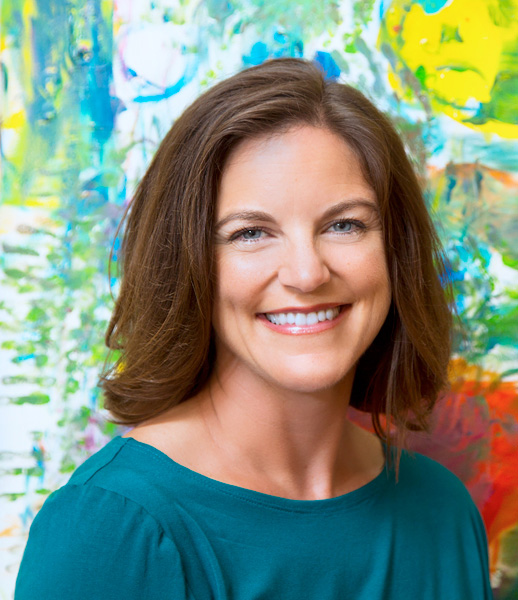- Home
- About Us
- The Team / Contact Us
- Books and Resources
- Privacy Policy
- Nonprofit Employer of Choice Award

 Remember your days in elementary school? You learned those all-important life lessons like raise your hand when you have something to say, always put the lid on your glue stick, and remember to give everyone in your class a valentine.
Remember your days in elementary school? You learned those all-important life lessons like raise your hand when you have something to say, always put the lid on your glue stick, and remember to give everyone in your class a valentine.
Great collaboration starts from the basic rules of elementary school. Our organizations need to understand how to play nicely in the sandbox with others.
Play nice in the sandbox
Gone are the days that not-for-profits can hide their heads in the sand and declare that they don’t need partners because “no one is playing in their space.” The reality is, there is always someone playing in your space – it might not be the exact same thing you’re doing, but it’s similar enough that a potential funder wants to know. In order to collaborate, you need to know who’s in your sandbox, and you need to understand how they operate.
1 Your sandbox: who’s in it?
Don’t worry about labels – not-for-profit, corporate, government or academic institutions. Focus on their work, and how they are achieving it, and who is running the show. Not sure where to start on this? Download this pdf that I created for the Ottawa PitchFest to get your collaborative juices flowing. Figure out the geography of your sandbox – where are the big mountains, and the smaller valleys?
2 Play nice
You don’t want to be the kind of person that reaches out only when you need something – funding, a reference letter, or help. Make it a priority to nurture those relationships in advance of needing something. You’ll form a better bond, it will force you to get away from your email, and you’ll gain some invaluable perspective on your organization’s work, and how it’s perceived outside your walls. Make friends: you are more likely to want to collaborate with someone you know and trust.
3 Share
Treat that relationship with your sandbox friend with respect. If you see something that would interest them, let them know. Include them in your publications (e-newsletters etc) and vice versa. Let them know that you’re interested in their work and that you’d like to keep in touch. Share your rolodex. Be helpful.
Sandbox collaborations and why you need them
Collaborations can take many forms – formal grant applications for projects, impromptu brainstorming sessions, mastermind groups between Executive Directors – but they always have one key ingredient: they are mutually beneficial.
The fastest path from A to B is found by picking up the phone and finding someone who has already FOUND the path from A to B.
Funders are no longer interested in funding projects at 100%. They want to know their money is being used wisely in the community. Collaboration is one of the great ways to show a funder that there is an urgent need in the community – it’s been identified by two (or three) different organizations as a priority.
Final Thoughts
Ready to collaborate? Allocate a time in your calendar - once a month, twice a month – where you commit to connecting with a potential partner. Take the time to get to know them, and understand their perspective. These relationships – just like the ones from elementary school – will form the anchor of your organization’s presence in the community. Play nicely in the sandbox - it’s the wise thing to do.
Jenny Mitchell is a fundraising consultant in the Ottawa area. Her unique transition from classical pianist to fundraiser means that she brings creativity, energy and excellence to everything she does. Jenny’s experience covers many sectors – health, social services, arts and culture, science, community groups, and sport and recreation. You can learn more about Jenny here.